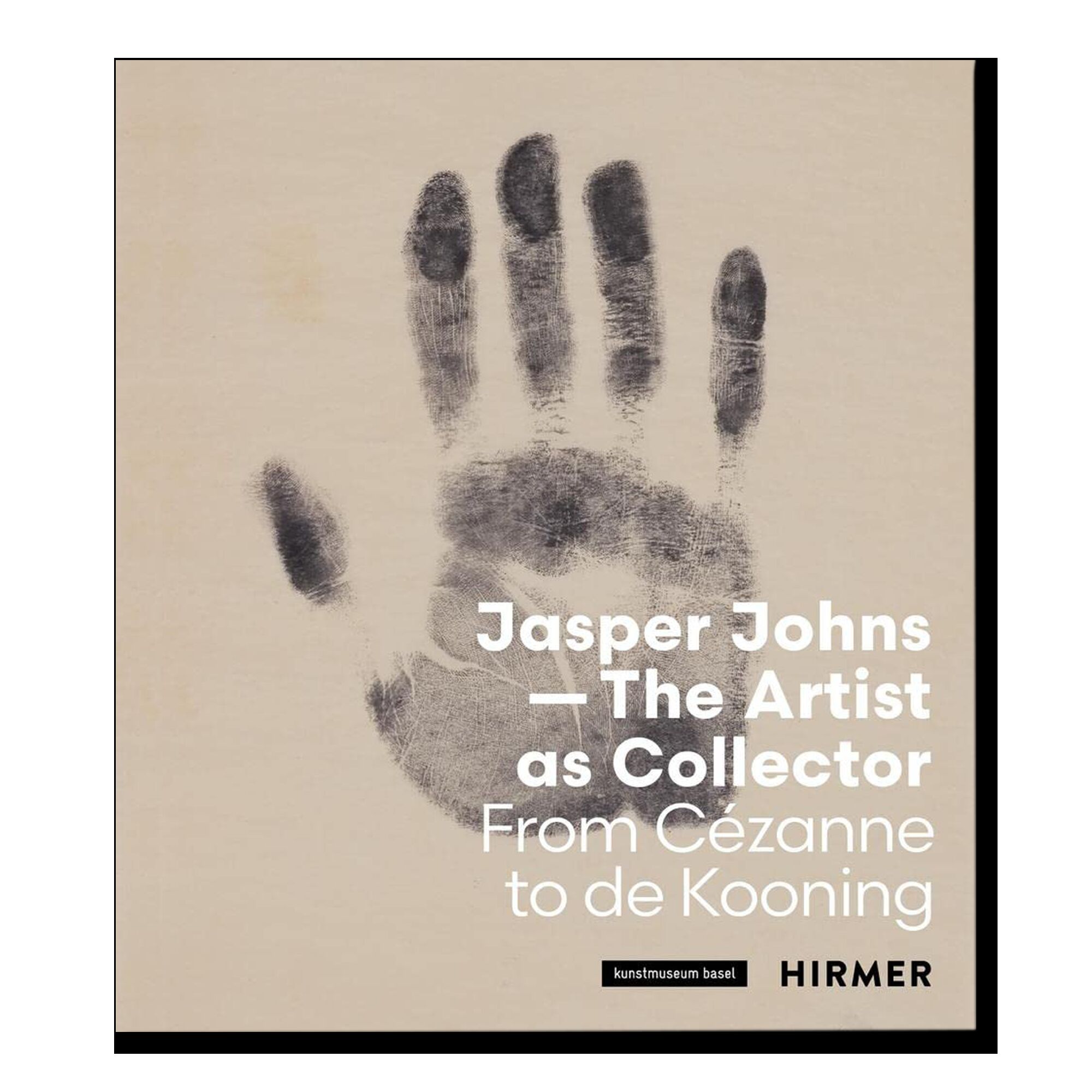Relational Aesthetics / Postproduction
- Year: 2016
- Language: Russian
- Publisher: Ad Marginem
- ISBN: 9785911032906
- Page: 216
- Cover: paperback
- About the Book
“Isn't art, as Duchamp once said, "a game among all men of all eras?" Postproduction is the contemporary form of this game,” states Nicolas Bourriaud in Postproduction, published in Russian together with his earlier essay, Relational Aesthetics.
In Relational Aesthetics, French curator, critic and historian Nicolas Bourriaud introduces the reader to the idea of participation in art and discusses works by a number of artists who were active in the 1990s, including Philippe Parreno, Liam Gillick, Felix González-Torres, Rirkrit Tiravanija, and Carsten Höller. Instead of material objects, like paintings or sculptures, these artists offered the viewer models of human relations, returning to the ideas of collective—or even communal—creative practices, anticipated by the avant-garde artists of the early 20th century.
Postproduction explores the phenomenon of appropriation, or artists borrowing existing forms, including making precise copies of other’s works. “We only desire what is desired by others”—what is already part of history and its hierarchies—was the main message of replicas by Sherrie Levine, Jeff Koons, Haim Steinbach, and Maurizio Cattelan. Bourriaud calls such artists “tenants of culture,” who borrow and modify its products; “brokers of desire,” who consume the world “in place of the viewer and for him”. And since there is no money involved in this situation, he proclaims the age of “formal collectivism,” where people are free to make use of all existing forms.
Despite variations in their strategies, participation and appropriation artists are essentially doing the same thing. They first create situations that allow human relations to transcend the rules of the market economy and find a basis in mutual interest, friendship, or empathy.





